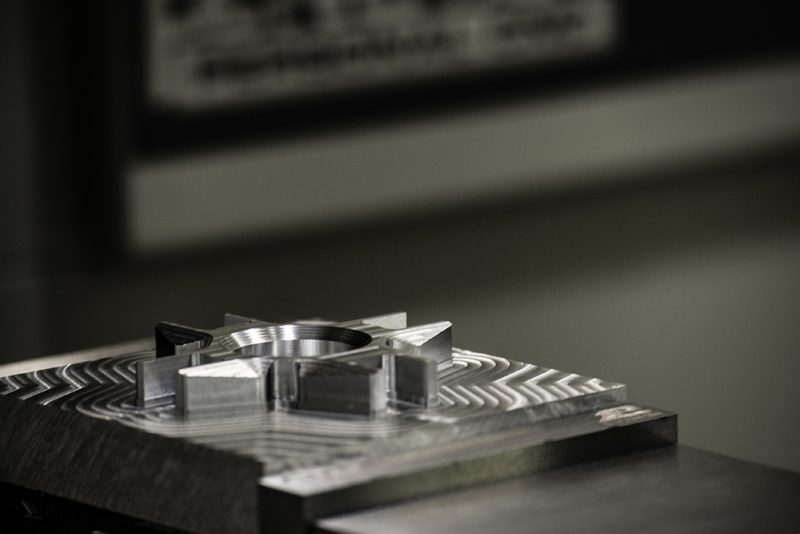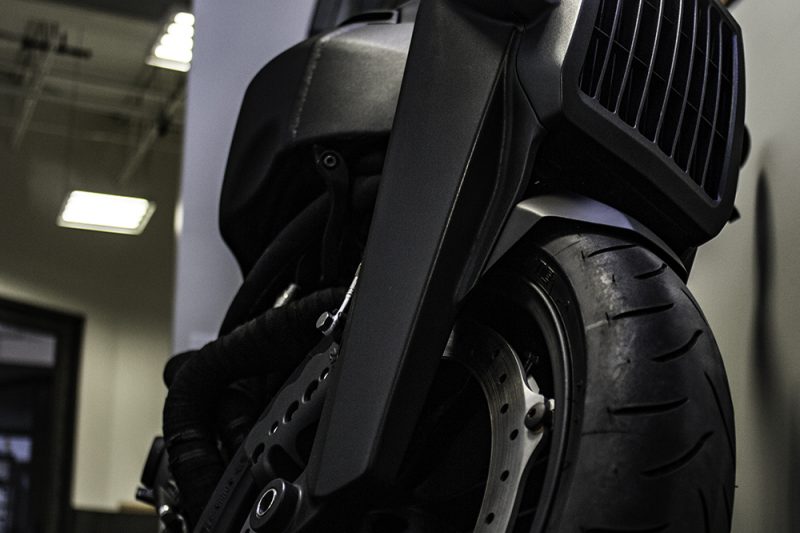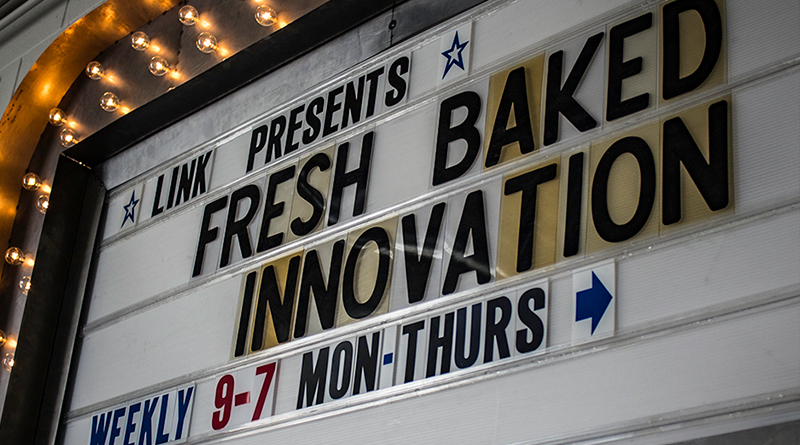One of the biggest challenges CNC engineers and designers often face (whether they realize it or not) is designing for manufacturability.
Developing parts in CAD and taking that designs to a 3D printer has become an everyday process for many, but going into production is a whole different story. Marc Hanchak is the founder of Link Product Development, a design firm based in Denver that helps clients through the product development process by offering a wide range of CNC options.
Not only do they solve design issues, but they also make those products easier for CNC manufacturing.
“We do everything from concept ideation all the way through to manufacturing support,” explains Hanchak. “Our clients come to us with everything from a sketch on the back of a napkin all the way to having a product that has an issue that they can’t solve.”
With his team of engineers, Hanchak helps his customers navigate the CNC development process. “There’s a lot of pitfalls during the product development process that people fall into, so I felt like this was a good service area to get involved.”  Link Product Development uses a Tormach to prototype and test design theories quickly and efficiently.
Link Product Development uses a Tormach to prototype and test design theories quickly and efficiently.
“Our Tormach has allowed us to circumvent all of those long lead times that you run into with traditional machine shops. If we had a design that we’re looking to get prototyped, we were waiting 12 to 14 weeks to get it. That’s tough on our clients.
This CNC machine allows us to very quickly make the part, realize what it looks like, test it, and just speed up the whole process.
The process of creating a part in CAD has become much simpler, and the software is more readily available to those with and without an engineering background.
It’s easy to design something in SolidWorks now, and you can have a part that looks like it’s ready to go to manufacturing, even if it’s not. That’s why we’re here, to help clients improve their design for manufacturability.”  Designing for manufacturing has become a buzzword in the world of CNC engineering, but it's become a challenge for some.
Designing for manufacturing has become a buzzword in the world of CNC engineering, but it's become a challenge for some.
“As more and more manufacturing technology tools become available, like the Tormach and 3D printing, it sparks more and more business for companies like us, that are there to help out,” Hanchak explains.
“In my career, I’ve actually seen that there’s often a separation – there’s engineers and there’s machinists. That can be contentious at times. Because the tools are now readily available to both parties, the gap has started to be bridged a bit.
One party understands the other, so it makes things more efficient. The engineer can now empathize with the problems that machinists have always had, and the machinist can understand what the engineer is trying to get to.”
With the help of their Tormach CNC machine, Hanchak and Link Product Development have been able to not only help their customers create parts and designs but get those ideas into production faster.



